Select an image to learn more about the science and its connection to NICHD.
NICHD research in developmental biology seeks to understand normative development, which provides the basis for uncovering the earliest origins of many diseases and conditions, and offers unique opportunities to identify ways of preserving health and preventing or ameliorating disease.
Looking to the Future
As we look to the future, we aim to develop knowledge and tools to predict or prevent a range of human structural and functional variations and to better understand the developmental origins of health and disease.
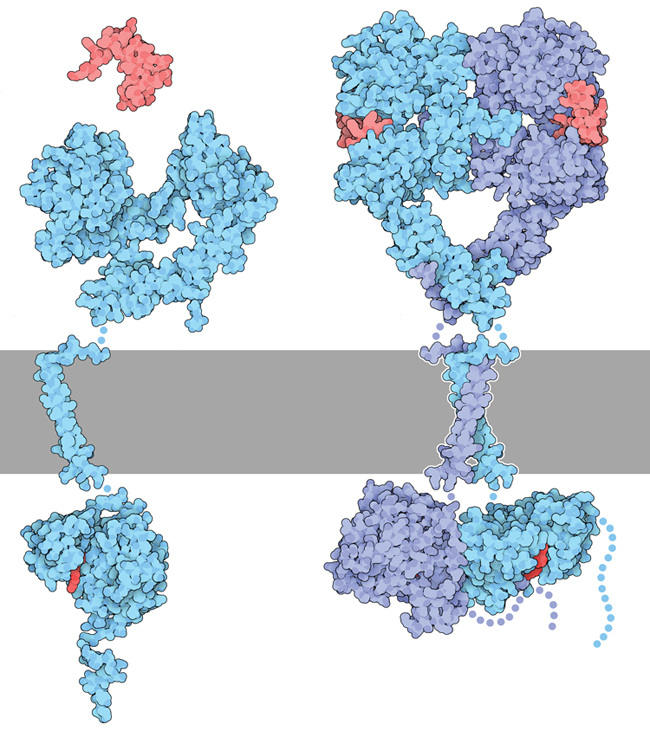
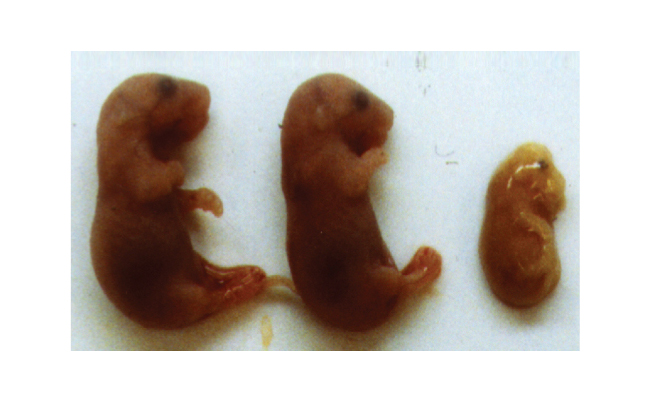
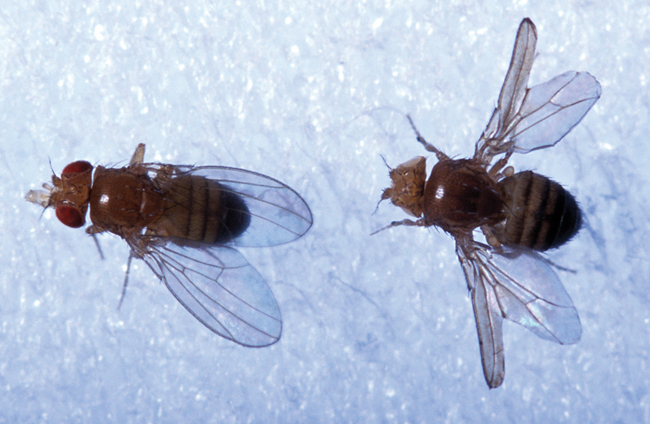
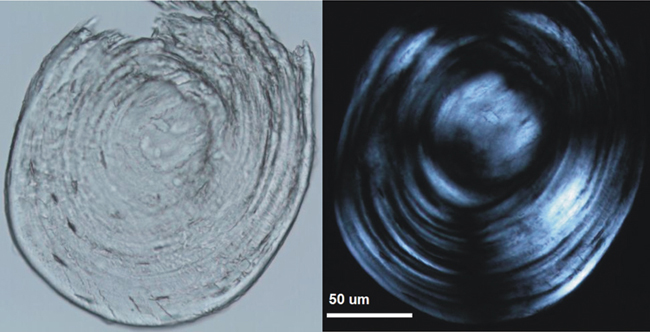
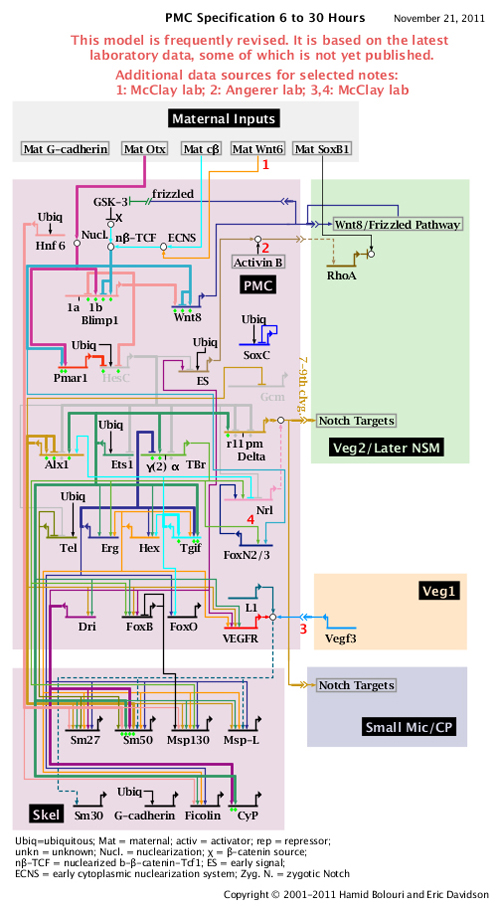
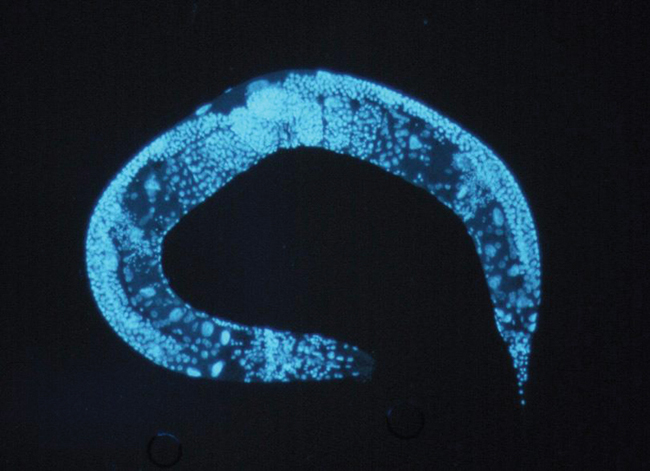
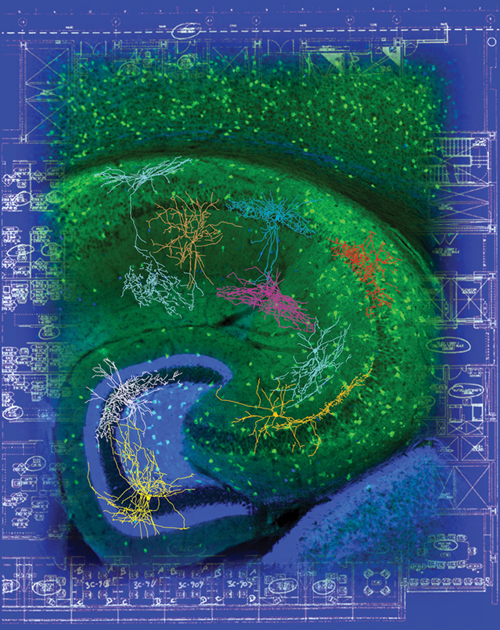
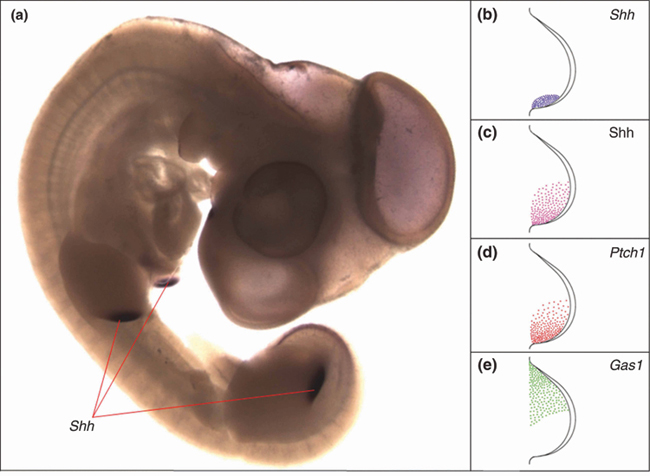
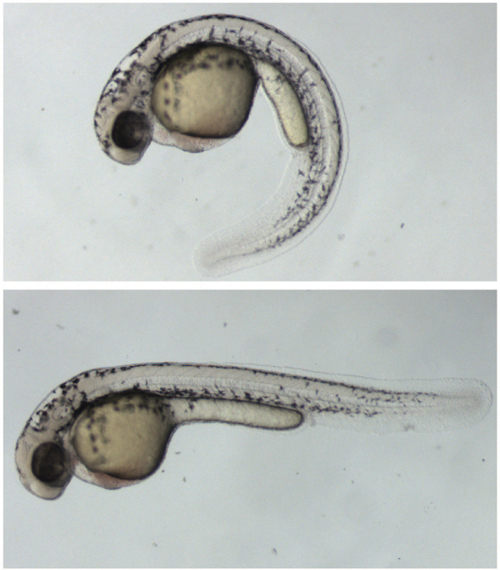

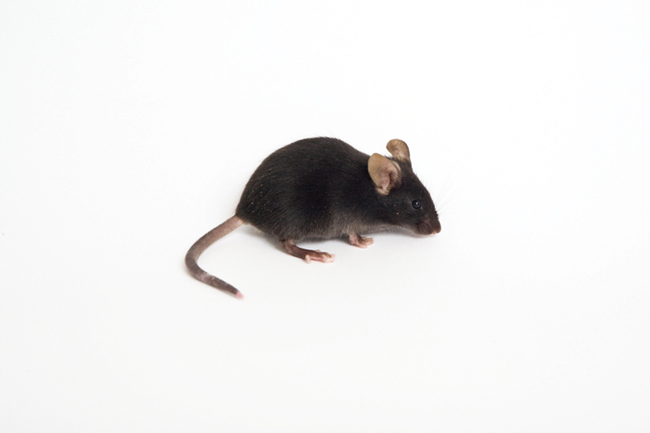
 BACK TO TOP
BACK TO TOP